Close arrow_back
- menu title
-
Custom Menu
add remove
-
Navigation
add remove
-
menu title
add remove
-
menu title
add remove
-
menu title
add remove
-
menu title
add remove
-
menu title
add remove
- menu title
-
Custom Menu
add remove
- Navigation add remove
-
menu title
add remove
-
menu title
add remove
-
menu title
add remove
-
menu title
add remove
-
menu title
add remove
Nairobi Convention on Removals of Wrecks, 2008 Edycja
The Nairobi International Convention on the Removal of Wrecks, 2007 provides the legal basis to enable
States to remove, or to have removed, from their coastlines and waters around their coasts, wrecks
posing a hazard to the safety of shipping or to the marine environment. To achieve these objectives,
the new treaty includes provisions on the reporting and locating of ships and wrecks and criteria for
determining the hazard posed by wrecks, including assessment of damage to the marine environment.
It also regulates measures to facilitate the removal of wrecks, as well as the liability of the owner for the
costs of locating, marking and removing of ships and wrecks. The registered shipowner is required to
maintain compulsory insurance or other financial security to cover liability under the Convention.
States to remove, or to have removed, from their coastlines and waters around their coasts, wrecks
posing a hazard to the safety of shipping or to the marine environment. To achieve these objectives,
the new treaty includes provisions on the reporting and locating of ships and wrecks and criteria for
determining the hazard posed by wrecks, including assessment of damage to the marine environment.
It also regulates measures to facilitate the removal of wrecks, as well as the liability of the owner for the
costs of locating, marking and removing of ships and wrecks. The registered shipowner is required to
maintain compulsory insurance or other financial security to cover liability under the Convention.
Podobne z kategorii
Availability: 1 In Stock
SafetyNET is an international automatic direct-printing satellite-based
service for the promulgation of maritime safety information including
navigational warnings and meteorological information and other urgent
safety-related messages to ships, as well as search and rescue-related
information, and fulfils an integral role in the Global Maritime
Distress and Safety System (GMDSS).
This edition of the Manual, renamed the *International SafetyNET
Services Manual*, incorporates changes introduced to the Inmarsat
satellite network and services including the Inmarsat Fleet Safety
service, which has been recognized as a mobile satellite service for use
in the GMDSS by adoption of resolution MSC.450(99).


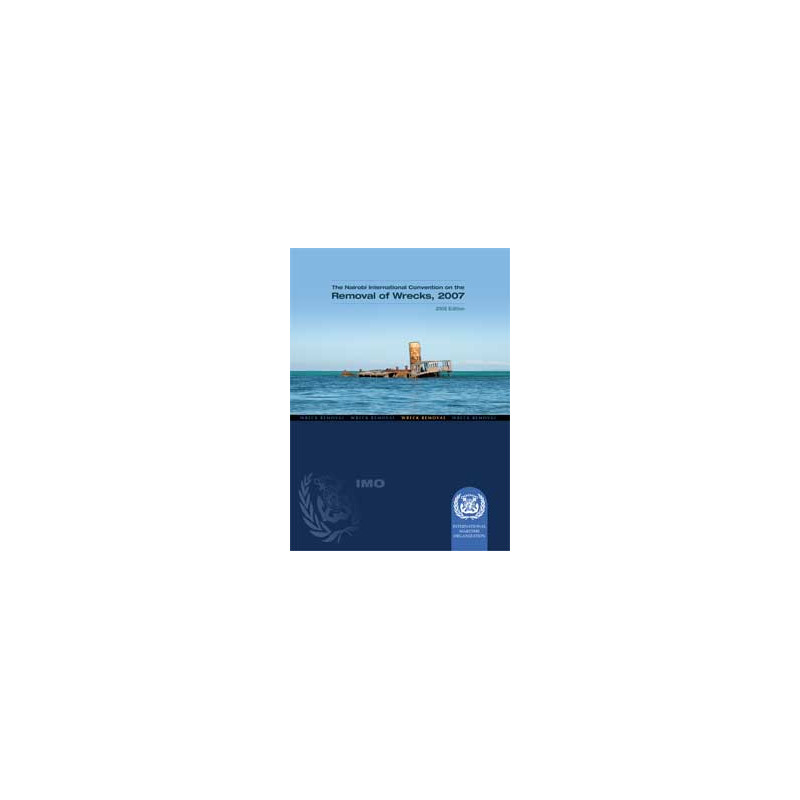

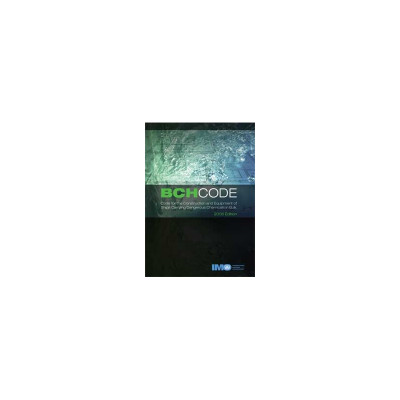
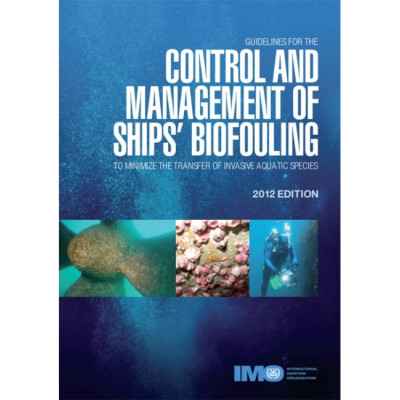
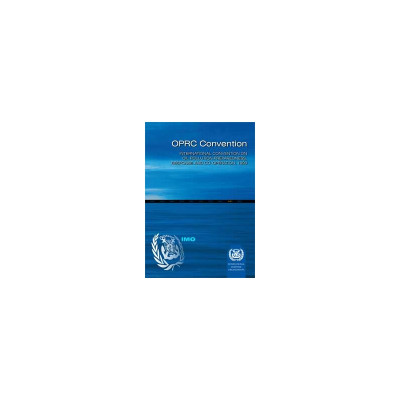
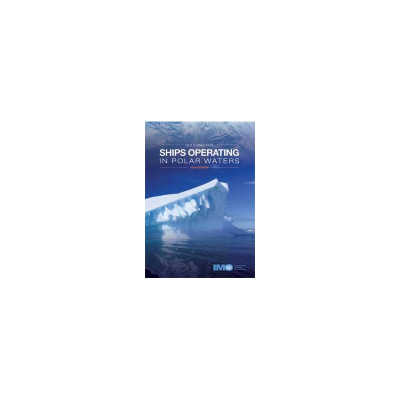

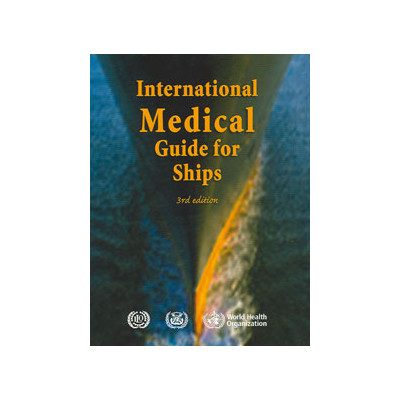
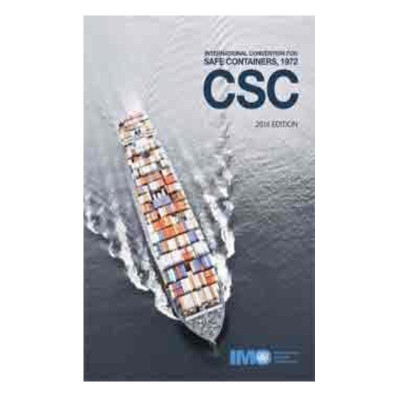
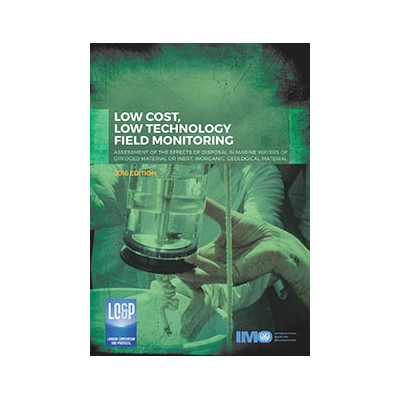
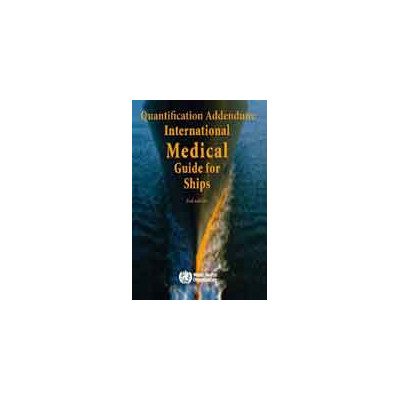
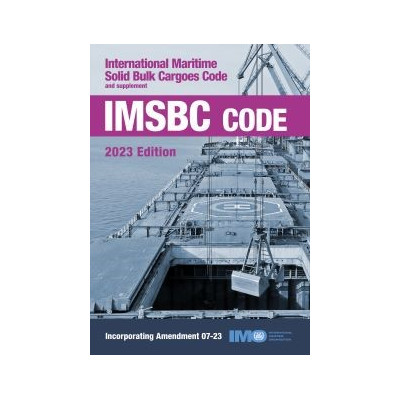
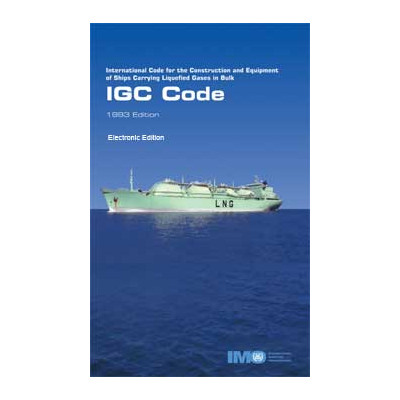

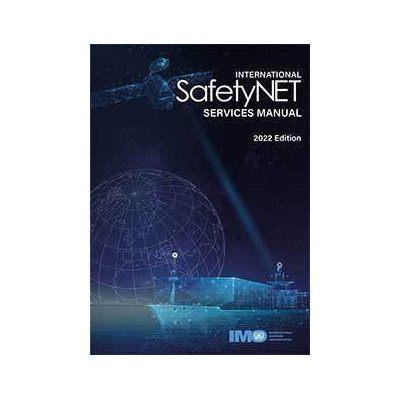
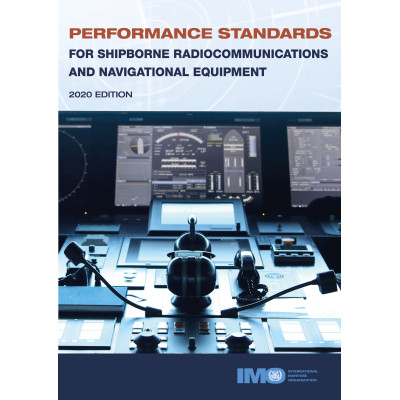
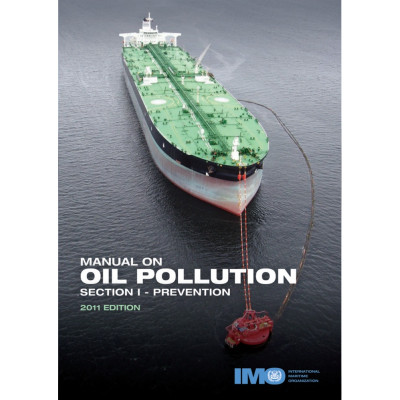
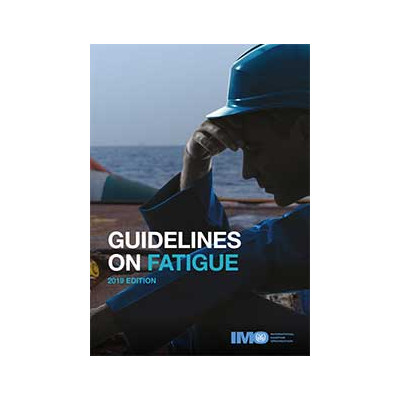
 Cookies
Cookies